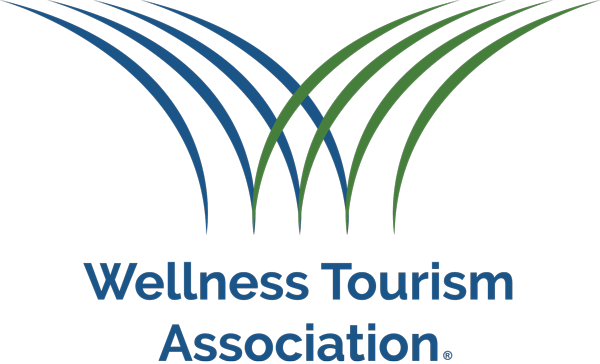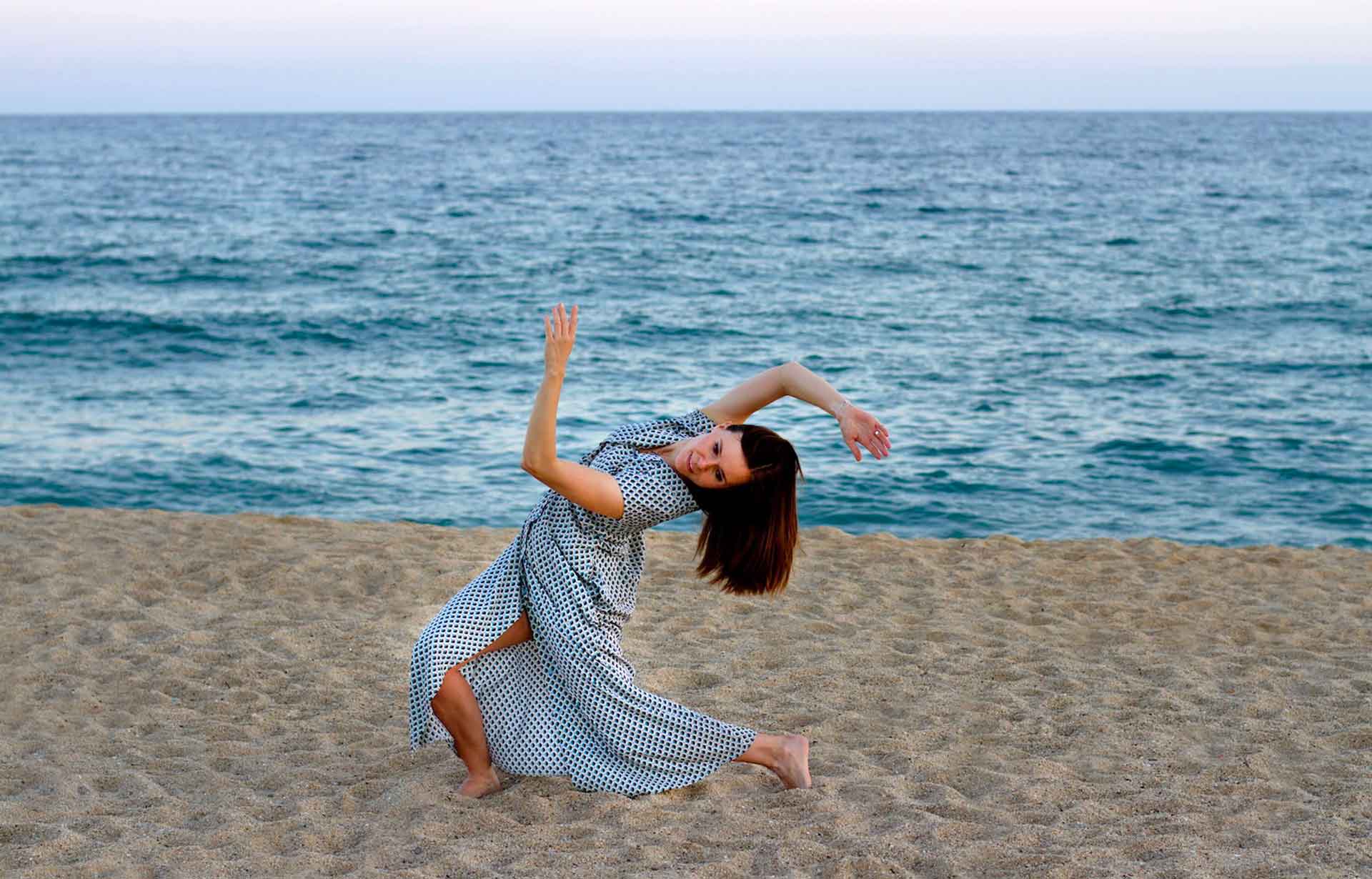by Dr. Hanna Poikonen
During my career as a neuroscientist, I’ve investigated the brains of many experts – dancers, musicians and mathematicians. As a dancer and a retreat leader, I’ve seen hundreds of people embracing the connection with their bodies, other people, and the environment. Through a collaboration with a psychiatrist, we have aimed to understand how creative movement can help people with severe mental health challenges. In this text, which is a snippet from my longer essay, I would like to stay on the brighter side of our mood. Therefore, I contemplate the brain state of joy.
What is joy?
Joy is often mentioned in conversations related to wellness and travel. But what do we really mean by joy? The first thing that comes into my mind is that joy is like happiness. However, happiness has a static echo, as if we were aiming for eternal happiness, a state which never changes. In my culture, in Finland, something characteristic is a sensation of melancholic beauty. We understand melancholia as something as valuable as joy and see both states as something transient. In addition, as a neuroscientist, I know that the healthy brain is dynamic – it travels smoothly from deep sleep to highly focused concentration, and through emotions like tenderness, sadness, and empathy.
If joy is not like happiness, maybe it is like pleasure. Pleasure is transient, which would coincide with the nature of joy. However, pleasure has a part of being hedonistic wanting, which may lead to needing and down we go the rabbit hole of addictions. In the brain, pleasure activates the reward system, and we can see a sudden burst of dopamine which lights up the neurons.
Happiness or pleasure alone do not define joy. A precise description of joy could be a shared beautiful moment – a moment of connection and purpose, which is shown to improve life satisfaction.
Can we create joy?
If joy improves our life satisfaction, how can we create joy? The quick answer is that we cannot!
Based on music studies, we know that peak emotions, such as joy, are created by music which first creates expectations, and suddenly breaks these expectations. Such an unexpected moment creates strong emotions, even chills on the skin. Indeed, joy includes a fundamental element of surprise. We cannot program ourselves or others to feel joy, neither can we force it. Rather, we can create a mental state which is open for joy.
Wellness retreats are precious for joy for two reasons. First, the retreat setting is unique to tune in for curiosity and openness – and welcome joy, self-awareness, and new epiphanies. We can take home such a mental state of resilience and cognitive flexibility which allows us to adapt and bloom in our daily life again. Second, when the joyful moment suddenly emerges in the retreat, we can store it as a vivid memory. As brain research shows, imagination and real-life perception activates the brain in a surprisingly similar way. At home after the retreat, we can go back to those valuable memories through our imagination and feel the joy again on our faces and in our bodies.
Joy, as a shared beautiful moment, stays with us to elevate our moods far into the future.
About the author: Dr. Hanna Poikonen is a retreat leader, neuroscientist and dancer based in Barcelona, Spain. She is the founder of the WiseMotion Community and a researcher at ETH Zurich in Switzerland and Örebro University Hospital in Sweden. WiseMotion method brings together creative movement, meditation and neuroscience in a concrete way. Hanna has taught WiseMotion in Europe, North America and Asia in various institutions, resorts, festivals and health & wellness centers for people from 13 to 85, and for different groups like higher executives, healthcare professionals, people with brain-related illnesses and people interested in their wellbeing. Her research in Switzerland, focuses on higher education, embodied cognition and neuroscience. In Sweden, her research focuses on creative movement and mental health. You can connect with Hanna on LinkedIN


